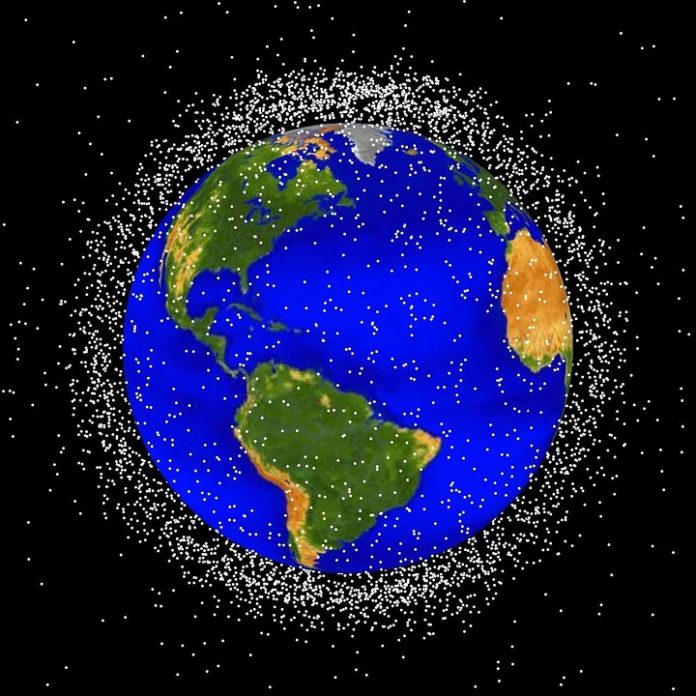Most people that have gotten through elementary school know that the Earth rotates on an axis, which helps to control the seasons and overall weather patterns all over the globe. What many people do not realize is that when the Earth spins on its axis, it does not exactly spin evenly. Due to the amount of mountains, oceans, and other landmarks across the planet, the weigh on Earth is not evenly distributed. This has made the Earth wobble a little bit when it spins (https://www.forbes.com/sites/trevornace/2018/09/24/humans-are-causing-earth-to-wobble-more-as-it-spins-nasa-finds/#765558d7c820).
While Earth has always wobbled, it now appears that the wobble on the planet is continuing to increase. Overall, the wobble is impacted by a few different factors including melting of ice, changes of mantel, and glacial rebound. While most people are aware that the melting ice caps are impacting the ocean levels across the world, it also appears to be impacting the location of the axis and the overall wobble.
At this point, the changing wobble has not had too much of an impact on the planet, but this could change as ice continues to met. NASA has estimated that over 7,000 gigatons of ice in Greenland alone has melted over the past 100 years. This is an incredible amount of ice that is hard to comprehend. However, this water is now spread out across the entire planet. This has then shifted the weight of the planet, which has caused the Earth to wobble more than it has in the past.
The impact of the changing wobble is now a tool that scientists will be able to use to measure how much ice has melted. Going forward, as ice is expected to continue to melt, scientists will be able to continue to measure the wobble and figure out how much ice has melted. This could even give a more accurate measurement of melted ice than some current practices that are in place.
Overall, the change in wobble is not expected to have a major impact on ecosystems or any practical uses on the planet. For those that are in the field of navigation, this change could have an impact on routes and other factors. However, technology is able to incorporate this change into new route planning, which will ensure it is not a problem going forward. However, continued rising sea levels could continue to have an impact on the world in a variety of other ways.






